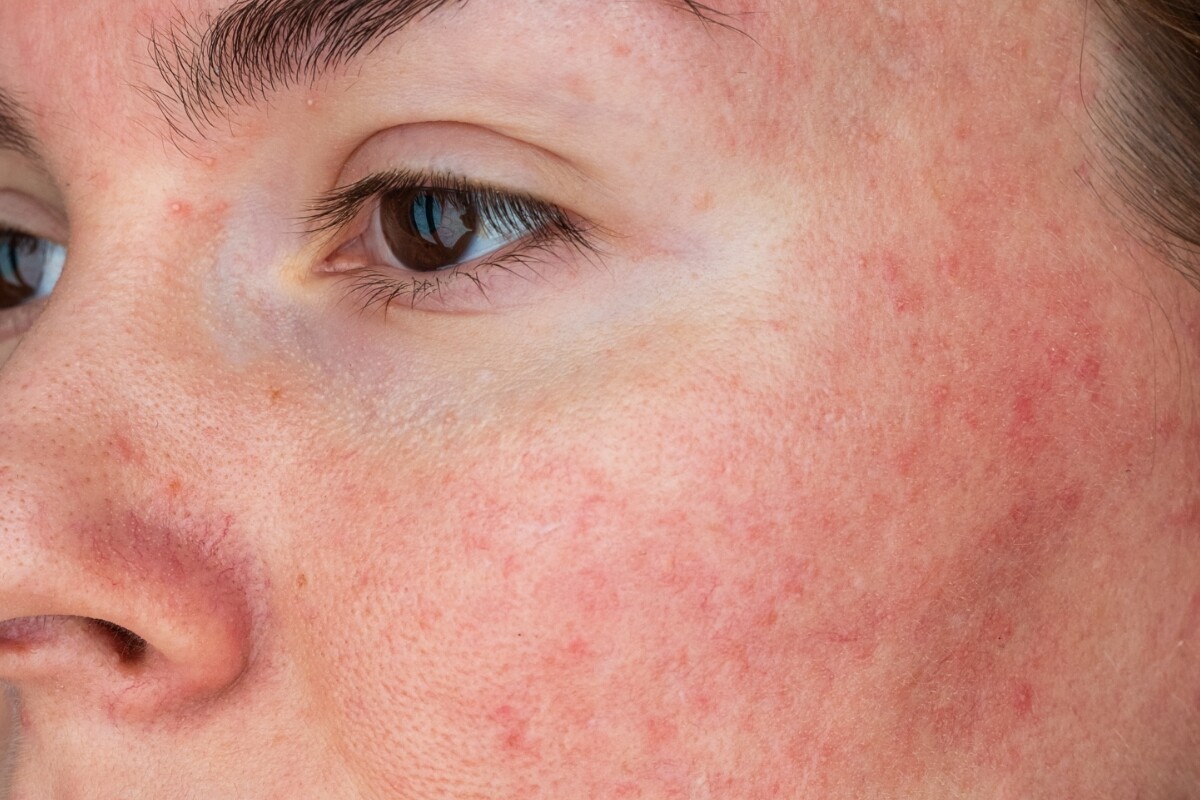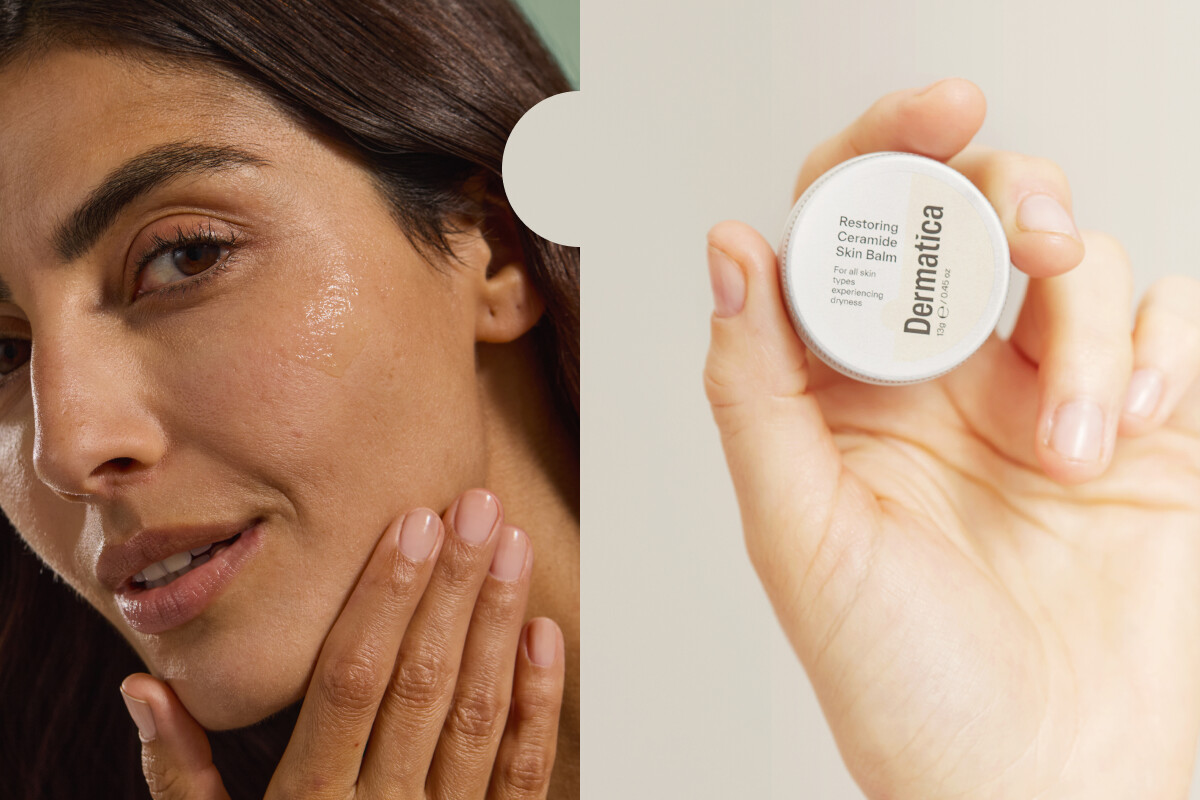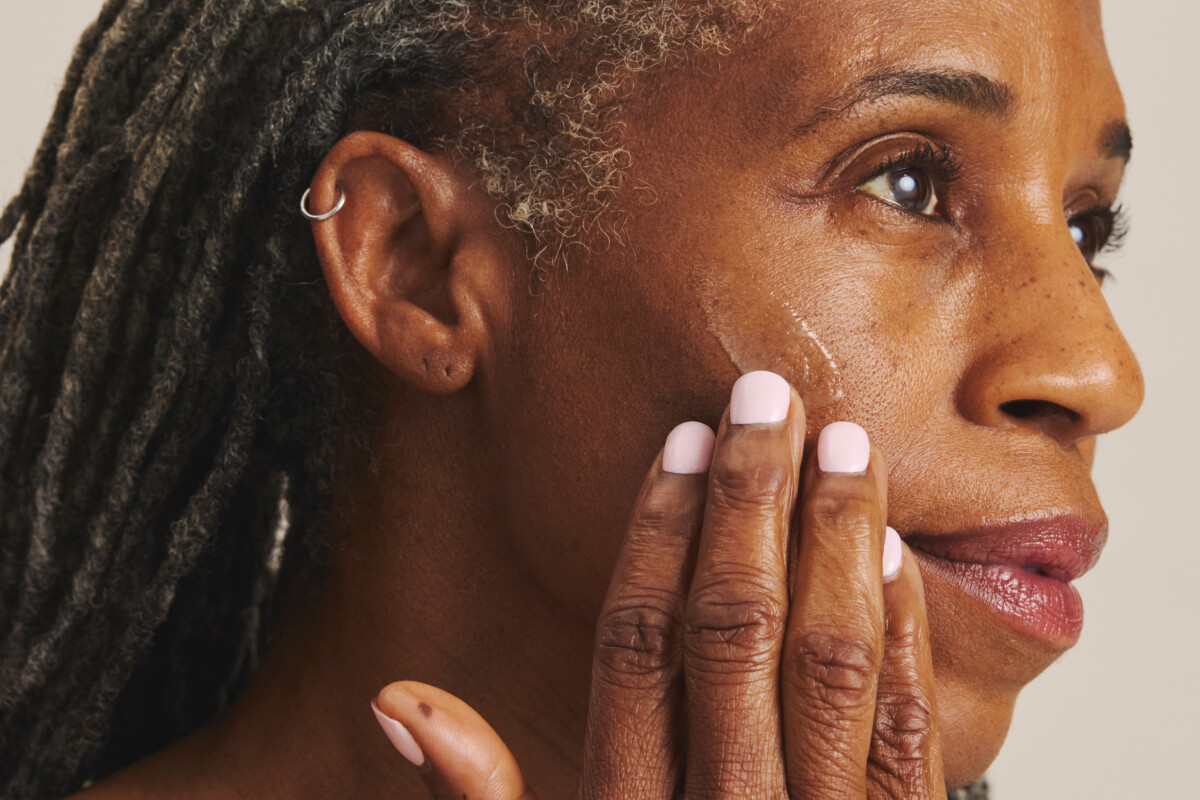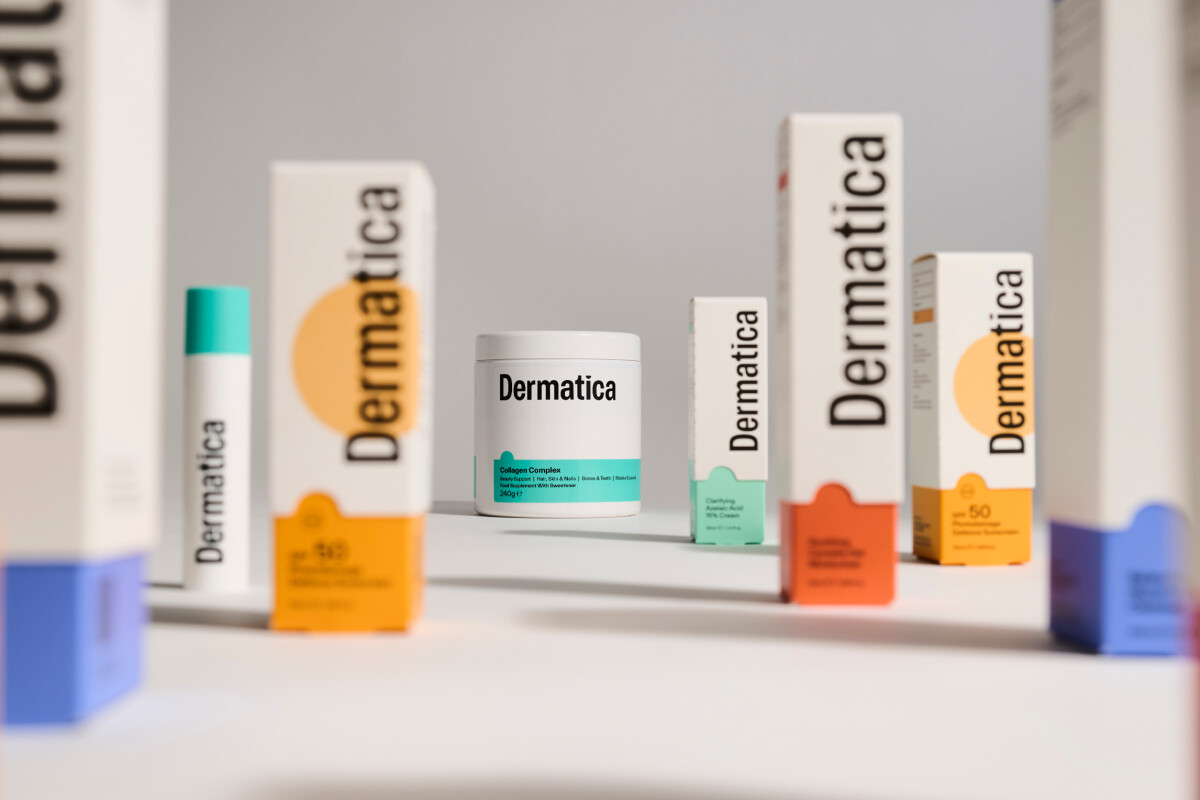We asked consultant dermatologist Dr Mary Sommerlad to shed light on how some common skin conditions may appear differently on Black skin.
As a dermatologist, tailored, evidence-based treatment is my forte. Different skin types have unique needs and concerns. I am frequently asked whether darker skin types or Black skin needs to be treated differently to those with ‘olive’ or pale skin. Here are my thoughts.
First, though. Why is skin so varied in tone?
One word: melanin. The reason why some skins are darker is simply down to higher levels of melanin, which is the pigment that colours skin and hair. Black skin, like my own, is naturally rich in melanin.
What specific characteristics does Black skin have?
We also know that people with Black skin have specific skincare needs due to its unique characteristics, including:
– Some natural sun protection against UVA and UVB radiation. This is due to the increased melanin in skin cells. This can have a protective effect against extrinsic ageing and skin cancer (1). However, this does not give reason to skip on sunscreen, which is still paramount for all skin types.
– Skin dryness in some cases. Black skin typically loses more water from the epidermis than other skin types (2), which is thought to be due to a lower level of ceramides that help to form the skin barrier.
– Hyperpigmentation. Due to naturally higher levels of melanin production, it’s more common to see some conditions such as post inflammatory hyperpigmentation in Black skin (3). Melanin is produced in the skin as part of the inflammatory process, which can often occur with acne and other inflammatory conditions.
Understanding these particular nuances is vital to caring for and maintaining healthy skin.
What conditions particularly affect people with Black skin?
Melasma
Melasma is the name for dark, usually symmetrical patches of pigmentation on the forehead and cheeks. It often appears during pregnancy or while using oral contraception, and can also be triggered from UV exposure. When it comes to skin types, melasma is most common in people with olive coloured skin, but also common in people with brown skin.(4)
Not sure if it’s affecting you? Dermatica’s experts can diagnose whether or not you have melasma, and prescribe evidence-based treatments to fade these areas – and prevent them, long term.
Keloid scars
Black skin tends to form keloid scars more easily — these are enlarged, raised areas of scar tissue that are typically darker in colour than the surrounding skin. This is due to the overproduction of collagen in response to the skin being pierced or wounded. They are often larger than the original break in the skin, and can be itchy and uncomfortable. (5) Treatment for keloid scars can be challenging, so if you’re prone to them, I recommend visiting a dermatology expert face-to-face to discuss the best option for you.
Post-inflammatory hyperpigmentation
Black skin is more likely to produce excess melanin in response to inflammation from skin conditions such as acne. So, instead of leaving behind red or pink areas, as they would on paler skin, breakouts can create much darker areas of pigmentation — often more purple, violet or brown in tone.(6) Dermatica prescribes powerful ingredients that are clinically proven to fade these areas of excess pigmentation.
Skin colour can affect how skin conditions appear, and can affect Black skins differently or more prominently in some cases. That may mean you need different skincare products too, to suit your specific needs.
Still have questions? If you’re wondering which treatment options are right for you, you can start a consultation with Dermatica today. Their dermatology experts will analyse your unique skin, design a skincare formula with active ingredients that are personalised to your needs, and answer any questions you have.
Originally written in 2020
References:
Brenner, M., & Hearing, V. J. (2008). The protective role of melanin against UV damage in human skin. Photochemistry and photobiology, 84(3), 539-549.
Wesley, N. O., & Maibach, H. I. (2003). Racial (ethnic) differences in skin properties: the objective data. American journal of clinical dermatology, 4, 843-860.
Kaufman, B. P., Aman, T., & Alexis, A. F. (2018). Postinflammatory hyperpigmentation: epidemiology, clinical presentation, pathogenesis and treatment. American Journal of Clinical Dermatology, 19(4), 489-503.
AAD, (2022, February) Melasma: Overview, https://www.aad.org/public/diseases/a-z/melasma-overview
NHS, (2023, February), Keloid scars, https://www.nhs.uk/conditions/keloid-scars/
Changing faces, (2023, What is hyperpigmentation, https://www.changingfaces.org.uk/advice-guidance/condition-specific-information/hyperpigmentation/
Dr Mary Sommerlad
Dr Mary Sommerlad is a Consultant Dermatologist working in East London. She completed her specialist training in Dermatology at the Royal London and Royal Free Hospitals. Her current interests are acne, pigmentation problems, rosacea and eczema.





